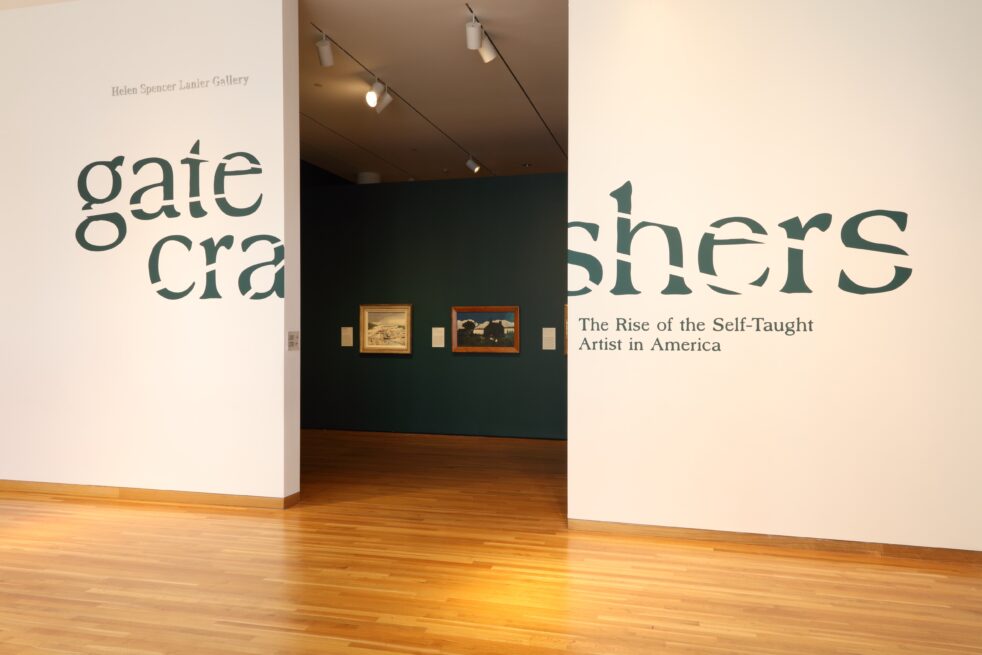Two new exhibits opened at the High Museum of Art last month. “Really Free! The Radical Art of Nellie Mae Rowe” and “Gatecrashers: The Rise of Self Taught Artists in America,” feature over 100 pieces from American self-taught artists.
“Really Free!” focuses on the art of Nellie Mae Rowe from the “playhouse,” her lively home in Vinings that she opened to visitors from the late 60s until her death in 1982. This exhibit is the first major presentation of her work since the “playhouse” closed, and invites the viewer to experience the essence of the “playhouse” alongside the splendor of her drawings. It is the first ever presentation to consider her art as a “radical act of self-expression and liberation in the post-civil-rights era South.”
Nellie Mae Rowe was an African American woman who married twice and worked as a domestic worker before considering herself “really free” to pursue her artwork following her husband’s death.
For the next 15 years, Rowe made a prolific number of dolls, drawings, and sculptures using found materials and brightly colored crayons.
The High’s exhibit presents Rowe’s exploration of her artistic and girlhood ambitions that were previously set aside in her life. Modern audiences might identify with this bold intersection in her piece “Real Girl,” a valentine in which she embeds a picture of herself, her signature, and the modifier “real girl” within a flourishing heart.
At the surface, these drawings are joyful, and though Rowe’s works do convey joy, this exhibit presents the underlying endurance it took for Rowe to pursue art. According to curator Katherine Jentleson, curating this exhibit led her to personally consider “the courage it took [for Rowe] to hold on to beauty before finally stepping into the role [of artist].”
“Gatecrashers” similarly focuses on self-taught artists but expands its focus to 12 American artists, including the works of John Kane, Horace Pippin, and Anna Mary Robertson “Grandma” Moses. This exhibit details the barriers that these artists faced in the mainstream art scene of their time and earned them the title of “gatecrashers.”
“As self-taught artists become increasingly visible within today’s art world, this exhibit takes audiences back to the moment when it all began,” Jentleson said.
The exhibit has a wide array of styles, techniques, and degrees of realism, but the self-taught status of the artists consistently lends the advantage of their unique perspectives to the exhibit. These are not the commissioned portraits of historical figures that have their place in a European exhibit. Instead, the subjects in “Gatecrashers” are what the artists saw in their everyday lives and approached with creativity. The exhibit shows “how the art world slowly became more inclusive of who qualified as ‘American’.”
On Sept. 14, there will be an in-person Inquiring Minds event for “Gatecrashers.” It is a small group conversation facilitated by museum educators.
Tickets to the High are $18 regular admission with group discounts available. The Second Sunday of each month is free admission, and members of the military get free admission and parking. More information is available at high.org.
